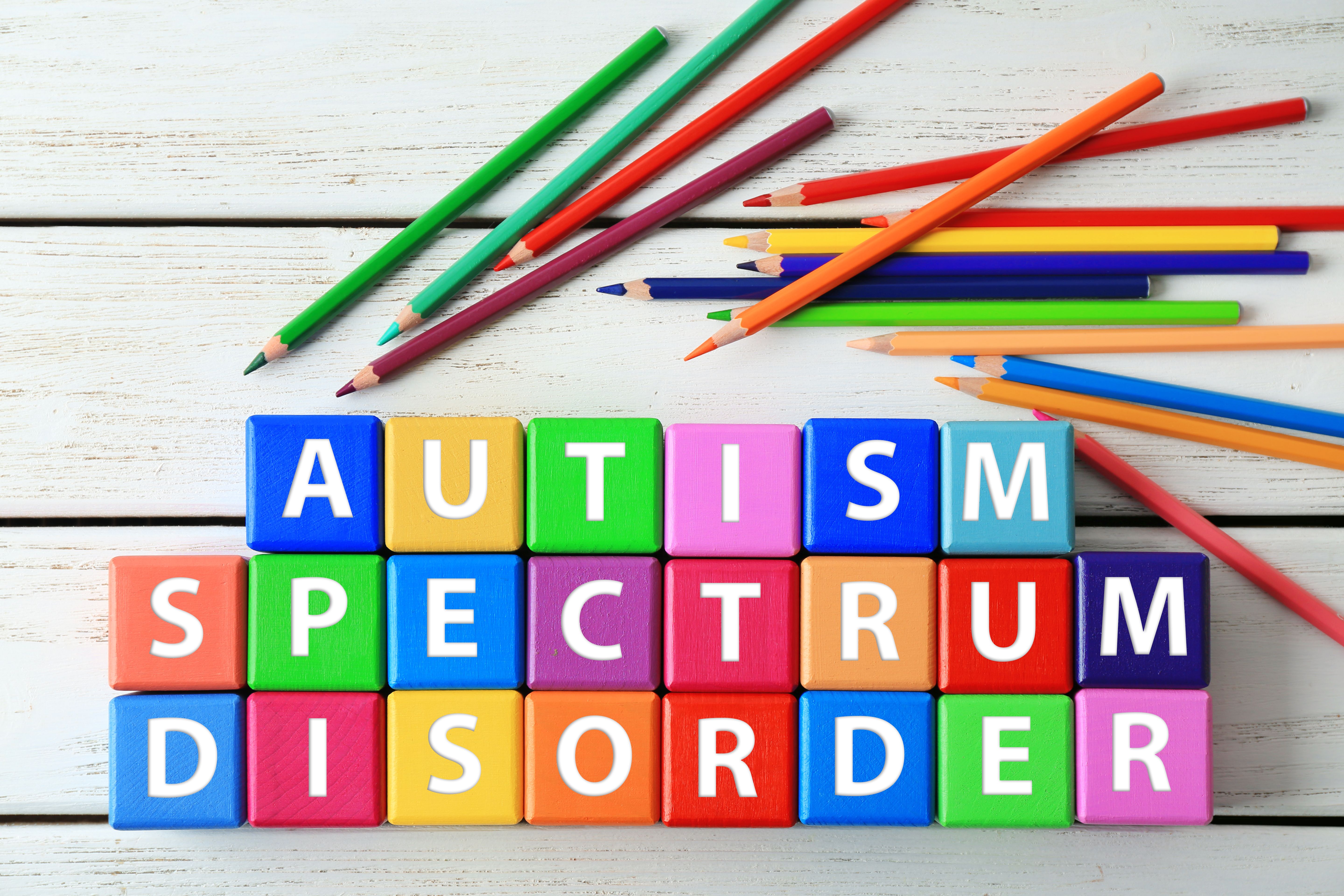Incorporating the Rapid Interactive Screen Test for ASD in primary care
Reasons why primary care should incorporate the Rapid Interactive Screen Test for autism spectrum disorder were presented during a session at the 2023 Pediatric Academic Societies Meeting held in Washington, DC.
Autism spectrum disorder | Image Credit: © Africa Studio - © Africa Studio - stock.adobe.com.

According to the session, “New models of screening and diagnosis of autism in young children from diverse cultural backgrounds in primary care,” presented at the 2023 Pediatric Academic Societies meeting, a more efficient system to screen toddlers at high risk for autism spectrum disorder (ASD) is needed.
Presenters Roula Choueiri, MD, Christina Baah, MD, MPH, Sangeeta Elhence, MD, FAAP, Jocelyn Guggenheim, CPNP-PC, and Valerie Tokatli, BA, note issues with the current state of diagnosing ASD. Shortages of ASD diagnosticians, delayed diagnosis, underserved populations, and wait times up to 12 months in the United States are some examples contributing to the need for an efficient ASD screening system.
Early identification and intervention of ASD has several benefits to the patient and can change a child’s developmental trajectory. Neural circuits, foundations for learning, behavior and health according to authors, are most flexible during the first 3 years of life. Thus, early social and emotional development and physical health can provide the foundation upon which cognitive and language skills develop.
With a recently reported autism prevalence of 1 in 36 children, earlier diagnosis is key for earlier services. According to authors, fewer than half (42%) of children with ASD received a developmental evaluation by age 3 years. For 19% of children with ASD, developmental evaluations were done between ages 3 and 4 years, while 39% of children with ASD received development evaluations after 4 years of age.
The session revealed the ideal level-2 ASD screener is one that is reliable in patients aged 18 to 36 months, easy to train on for early childhood educators, pediatricians, nurses, and nurse practitioners, discriminates well between toddlers with ASD and those with non-ASD, and fits well into busy practice flows and different clinical settings.
The Rapid Interactive Screening Test for Autism in Toddlers (RITA-T) does not rely on language, includes 9 interactive presses that assess developmental constructs delayed in ASD, is validated for those aged 18 to 36 moths, and has a scoring sheet that can be translated to several languages. According to a RITA-T template provided by session authors, scores less than 12 are low risk for ASD, scores from 12 to 16 translate to medium risk for ASD, and scores greater than 16 are results very likely associated with ASD. Each play-based press looks at the integration of 1 or 2 constructs including joint attention, visual problem solving, human agency, social awareness, communication, and self-awareness. Three items are also related to the developmental level of the child, coded C for cognition. Presses are coded and scored based on the response by the child. More typical responses are associated with lower scores. The 9 individual press scores make up the total RITA-T score.
According to authors, primary care faces challenges of resources leading to long wait times for diagnosis and intervention. Other challenges include parents’ education and understanding of child development, and over reliance on parent input. Financial challenges such as insurance, high deductibles, and poor reimbursement are challenged primary care faces, as well as policy. States have different policies on who can make diagnosis and who has access to intervention services.
According to session authors, RITA-T is easy to administer, it is affordable, has good validity across gender, races, and cultures, and is not language dependent. Authors suggest that children’s hospitals have a fast-track referral system in place for abnormal RITA-T screenings, the incorporation of level 2 screens like RITA-T into the American Academy of Pediatrics and other organizations in their respective required training of all providers who take care of young kids, and further expand training to social workers and daycare teachers. Finally, the authors suggest accepting a RITA-T score of 16 or higher as diagnostic and not wasting time on Autism Diagnostic Observation Schedule-Second Edition and Childhood Autism Rating Scale assessments if other criteria are met.
Reference:
Choueiri R, Baah C, Elhence S, Guggenheim J, Tokatli V. New models of screening and diagnosis of autism in young children from diverse cultural backgrounds in primary care. Presented at: Pediatric Academic Societies Meeting, April 27-May 1, 2023, Washington, DC.
Genetic Testing for Autism: What Can Be Done, How Helpful Is It?
January 26th 2011In this podcast, Dr John Harrington of Eastern Virginia Medical School and Children’s Hospital of The King’s Daughters, and Dr Michael Paul, CEO and Rena Vanzo, Genetic Counselor of Lineagen-provider of a new integrated genetic testing and counseling service FirstStepDx-discuss the diagnosis of autism and genetic testing for autism.